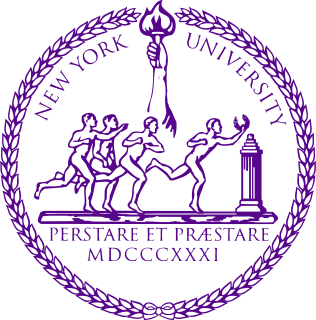
A tugboat is a type of vessel that maneuvers other vessels by pushing or pulling them either by direct contact or by means of a tow line. Tugs typically move vessels that either are restricted in their ability to maneuver on their own, such as ships in a crowded harbor or a narrow canal, or those that cannot move by themselves, such as barges, disabled ships, log rafts, or oil platforms. Tugboats are powerful for their size and strongly built, and some are ocean-going. Some tugboats serve as icebreakers or salvage boats. Early tugboats had steam engines, but today most have diesel engines. Many tugboats have firefighting monitors, allowing them to assist in firefighting, especially in harbors.

J.D. Irving, Limited is a privately owned conglomerate company headquartered in Saint John, New Brunswick, Canada. It is involved in many industries including forestry, forestry products, agriculture, food processing, transportation, and shipbuilding. The company forms, with Irving Oil, Ocean Capital Investments and Brunswick News, the bulk of the Irving Group of Companies, which groups the interests of the Irving family.

A railroad car float or rail barge is an unpowered barge with rail tracks mounted on its deck. It is used to move railroad cars across water obstacles, or to locations they could not otherwise go, and is towed by a tugboat or pushed by a towboat. As such, the car float is a specialised form of the lighter, as opposed to a train ferry, which is self-powered.

A salvage tug is a specialized type of tugboat which is used to rescue ships which are in distress or in danger of sinking, or to salvage ships which have already sunk or run aground.

Thomas C. Cornell was an American politician and businessman. During the American Civil War, he was commissioned as a major in the New York Militia. He served two terms in Congress running on the Republican Party line, first from 1867 to 1869, and again from 1881 to 1883.
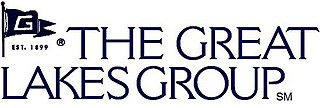
The Great Lakes Group (GLG) is an American full-service marine-related transportation company headquartered in Cleveland, Ohio. The Great Lakes Group is the parent Company to The Great Lakes Towing Company, Great Lakes Shipyard, Tugz International L.L.C., Puerto Rico Towing & Barge Co., Soo Linehandling Services, Admiral Towing and Barge Company, and Wind Logistics, Inc.

The Polson Iron Works was an Ontario based firm which built large steam engines, and ships, barges and dredges.

The PS Washington Irving was a 4,000-short-ton (3,600 t) sidewheel day boat and the flagship of the Hudson River Day Line that operated on the Hudson River from 1913 to 1926.
The New York Tugboat Race is a contest for working tugboats held on the Hudson River every Fall on the Sunday before Labor day. It was founded in part by Captain Jerry Roberts, who also serves as its chief announcer. Boats race one nautical mile from 79th Street to Pier 84 at 44th Street in Manhattan. The race is the occasion for a dockside festival.[1] Events currently include nose-to-nose pushing competitions, a line toss competition, and best mascot/costume contests between the crews. After the award, the spectators of the race can compete in events that include a knot tying competition, an on land line toss competition and a spinach eating competition. The spinach eating competition is in honor of the Popeye the sailor cartoon character. Spectators can also pay to get a seat on a tug boat during the events.
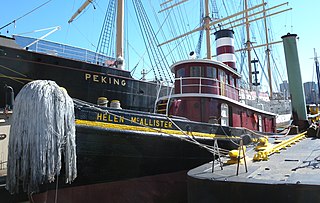
Admiral Dewey, also known as Georgetown and today as Helen McAllister, is a 113 feet (34 m) tugboat built in 1900 at the Burlee Drydock in Port Richmond, New York. She was built with a 900 horsepower (670 kW) triple expansion compound steam engine which was replaced with a diesel engine after World War II. She towed coal barges to refuel ships in the harbor. In 1955, she was sold to a Charleston, South Carolina tugboat company. In the 1980s, the McAllister tugboat company of New York purchased the company and brought the renamed Helen McAllister back to New York harbor. She helped dock tall ships during Op Sail 1992.

Joseph Reynolds was an American entrepreneur and founder of the Diamond Jo steamboat lines, a transportation company which operated on the upper Mississippi River. In his youth, while still living in upstate New York, he operated a butchery, a general store, a grain mill, and a tannery.
"Commodore" Alfred Van Santvoord was a wealthy American businessman who made his fortune running steamboat lines.

The tugboat is a New York City icon. Once all steam powered, they soon became iconic, starting with the first hull, the paddler tug Rufus W. King of 1828.

Foss Maritime is an American shipping company. The company was founded in 1889 by Thea Foss (1857–1927) and her husband Andrew Foss. The company is now the largest tug and towing concern on the west coast of the United States.

General Miles was a steamship constructed in 1882 which served in various coastal areas of the states of Oregon and Washington, as well as British Columbia and the territory of Alaska. It was apparently named after US General Nelson A. Miles.
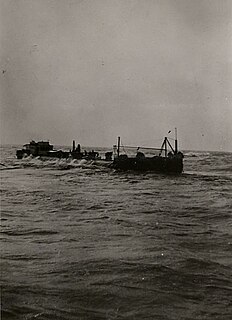
Bruce Hudson was an oil tanker which mainly carried petroleum products on the North American Great Lakes. She was built in 1935 by the Horton Steel Works Ltd. of Fort Erie. Originally Bruce Hudson, and sister ships, were unpowered tank barges, that relied on tugboats to tow them from port to port. This did not prove very workable. In July, 1935, Bruce Hudson capsized in high seas off Cobourg, Ontario, while being towed from Montreal to Port Credit, Ontario, with a load of crude oil. She was towed upside-down to St. Catharines, Ontario, siphoned out, righted, and returned to service. In November 1935, the crew of Bruce Hudson were removed from the barge in high seas, again off Cobourg, when the tug Ethel ran low on fuel and had to leave the vessel adrift on Lake Ontario. The steamer Brulin took the barge in tow and won salvage fees in Exchequer Court of Canada.
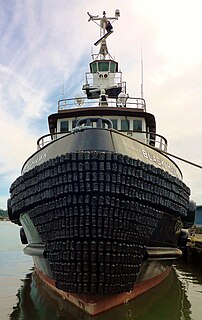
Sause Bros., Inc., a pioneering Oregon ocean towing company founded in 1938, is a privately held, fourth-generation family company serving routes along the West Coast of the United States, Hawaii and other islands of the South Pacific, as well as Alaska. It maintains a sixty-vessel fleet of tugboats and barges, employing approximately 400 people at its facilities in Coos Bay, Portland, and Rainier, Oregon; in Long Beach, California; and in Honolulu and Kalaeloa, Hawaii.
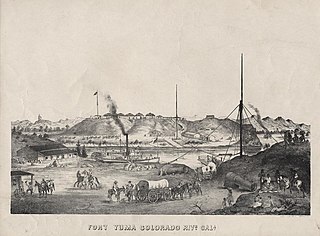
Steamboats on the Colorado River operated from the river mouth at the Colorado River Delta on the Gulf of California in Mexico, up to the Virgin River on the Lower Colorado River Valley in the Southwestern United States from 1852 until 1909, when the construction of the Laguna Dam was completed. The shallow draft paddle steamers were found to be the most economical way to ship goods between the Pacific Ocean ports and settlements and mines along the lower river, putting in at landings in Sonora state, Baja California Territory, California state, Arizona Territory, New Mexico Territory, and Nevada state. They remained the primary means of transportation of freight until the advent of the more economical railroads began cutting away at their business from 1878 when the first line entered Arizona Territory.
On the morning of June 25, 1958, two ships collided in the East River in New York City, resulting in a fire, a gasoline spill, and the deaths of two crewmembers.
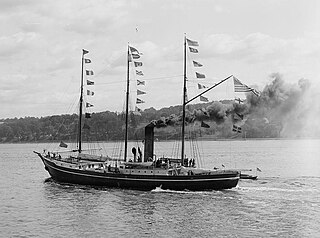
SS Roosevelt was an American steamship of the early 20th century. She was designed and constructed specifically for Robert Peary′s polar exploration expeditions, and she supported the 1908 expedition in which he claimed to have discovered the North Pole.


